Robert Igbokwe Every new school year comes with the opportunity to change and, as Mr. Greer proposed, this year specifically offers the opportunity to desegregate the cafeteria and library. While it was no surprise to many that these areas were once segregated, this unique opportunity raises the question: Just how did this segregation come to be? Some factors may seem fairly obvious; upperclassmen want an area to call their own and friend groups form that can sometimes be exclusive. But other factors, such as race, are a little harder to grasp. Thankfully, there is a book all about how race creates microsystems of segregation in places such as a school titled Why Are All the Black Kids Sitting Together in the Cafeteria by Beverly Daniel Tatum. After reading it, the parallels between the book’s content and Latin’s community are obvious. For the last four years, Ms. Maajid’s office has been known as far more than the office of the Advocate for Students of Color. Her office has been a haven for many of Latin’s students of color (SOC). A place where they know they will be welcomed with open arms. A place where they can experience their culture rather than learn about it in a book. For some, Ms. Maajid’s office alone was their second home at Latin. But why is that? Why do many of Latin’s SOC always take their meals to go? Freshman, Delilah Queen, who frequently visits Ms. Maajid’s office said, “I feel more comfortable here because the lunchroom is usually packed so it’s very hard to sit next to people in the cafeteria and sometimes I feel unwelcomed.” Senior, Noor Kamal said, “I go to Ms. Maajid’s office because it is a place where I feel safe. It is important to acknowledge that the Latin experience can be particularly different for students of color. There aren’t a lot of us, so it’s nice to have a space where we can find each other and just talk. I love Ms. Maajid and her office because it is a place where students of color can meet and help each other navigate through their Latin experience. However, it is not just a place for people of color, anyone can stop by.” Ms. Maajid herself agreed with her frequenters, saying, “I believe that students visit my office because it is a safe place for them. They know that they will be welcomed with open arms by their peers as well as by me. They are able to spend time with students from different grades, with whom they can talk about school, movies, music, you name it, they talk about it! And I always have candy.” Researchers say the answer, or at least the start of the answer, seems to begin during puberty. Places like Ms. Maajid’s office are notably less common among elementary school students and the reason is clear: race doesn’t exist for them yet. The effects of race are still there but not apparent. But as children grow older and investigate the age-old question, “Who am I?” SOC in particular face the question, “Who am I ethnically and/or racially?” Believe it or not, there is a time in every SOC’s life that they realize they have been assigned a race. White students realize this too of course, but for SOC this epiphany comes earlier. This realization, which usually occurs in seventh and eighth grade, is often when the notorious lunchroom seating chart starts to emerge. However, that realization alone doesn’t explain Ms. Maajid’s office. Realizing one is Asian for example is no more significant than realizing they have brown eyes; What does that have to do with who they decide to eat lunch with? Besides, Ms. Maajid’s room is multiethnic. If people were simply only hanging out with others of the same race, why would SOC of all races congregate in one place? Alas, race carries a little more weight than eye color. Because for a SOC in America, realizing they are not white puts the world into a new perspective. They begin to see why they’ve never been able to have long straight hair like their best friend does, or why adults assume they are a very talented math student, or why the store clerk stares at them every time they visit the convenience store next door. It begins to make sense why only their friend of the same race cooks the homemade meals they love and why their neighborhood looks so different from their other friends’. Discovering race isn’t just realizing one’s skin tone is different from some of their peers. Discovering race is discovering racism. Now, not all SOC suddenly start believing that their childhood friends are racist. But they begin to understand that in today’s society, as it has been for centuries, race matters. It’s been one of the deciding factors in where they live, what they wear, who they talk to, and who they are as a person. And although they may love the same music as their white friends and have the same fashion sense, there will be experiences that they have that their white friends will never be able to fully understand. This is the reason SOC are in Ms. Maajid’s room. Because they know that here, they will find people who can relate to their unique experiences. They don’t need to filter themselves here. They don’t need to talk a certain way or act a certain way to fit in. They know that here, they can be themselves. So the question now is, how do students and faculty make all of Latin a place like Ms. Maajid’s office? Although it may often seem so, this separation doesn’t have to exist. Race and racism are not universal or a part of human nature. And while they affect all people and are a part of everyone’s identity, they do not have to define people or their relationships. It’s the entire school’s responsibility to make sure that the new freshman and future classes understand that Latin has a place for them, regardless of the color of their skin.]]>

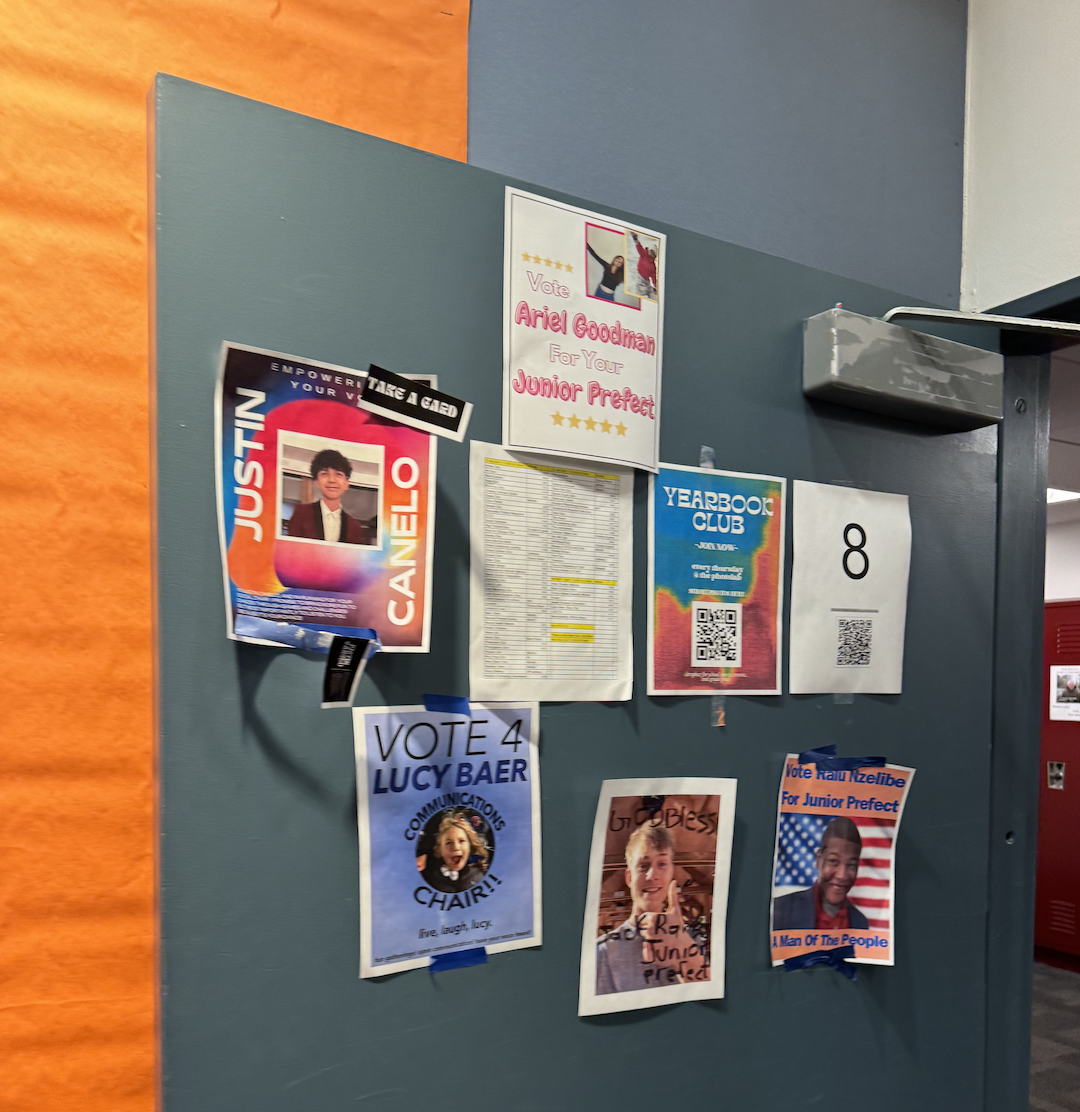



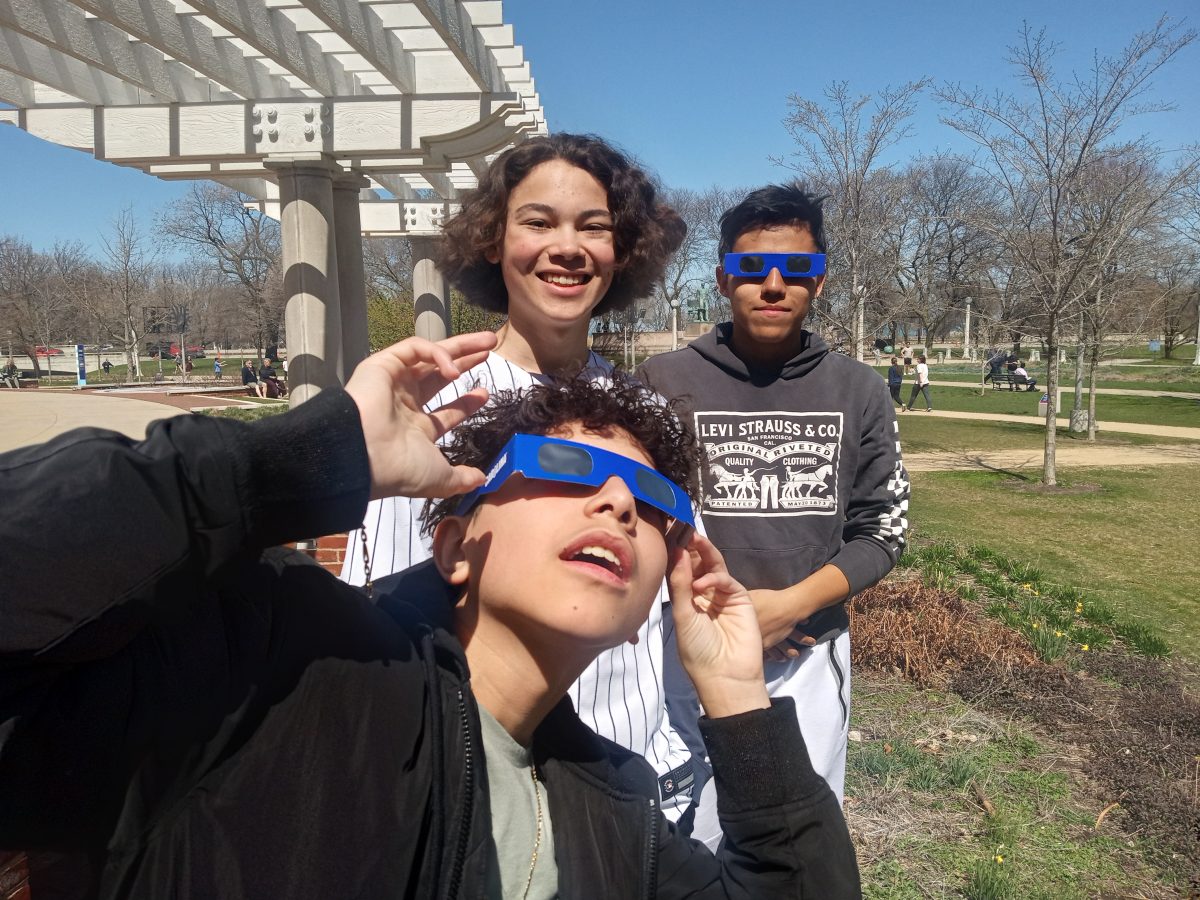


























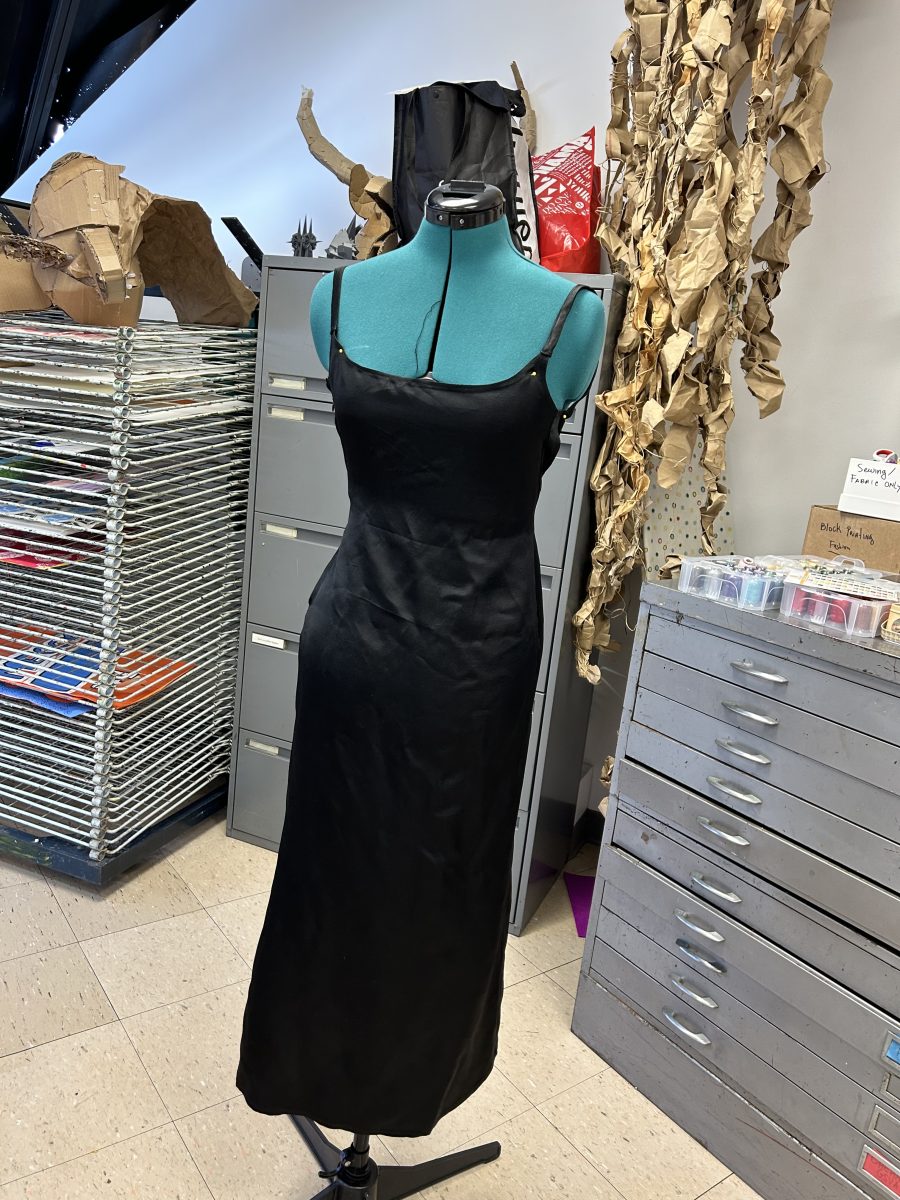


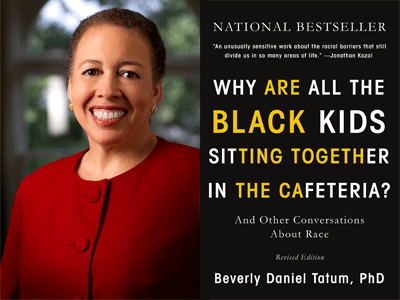





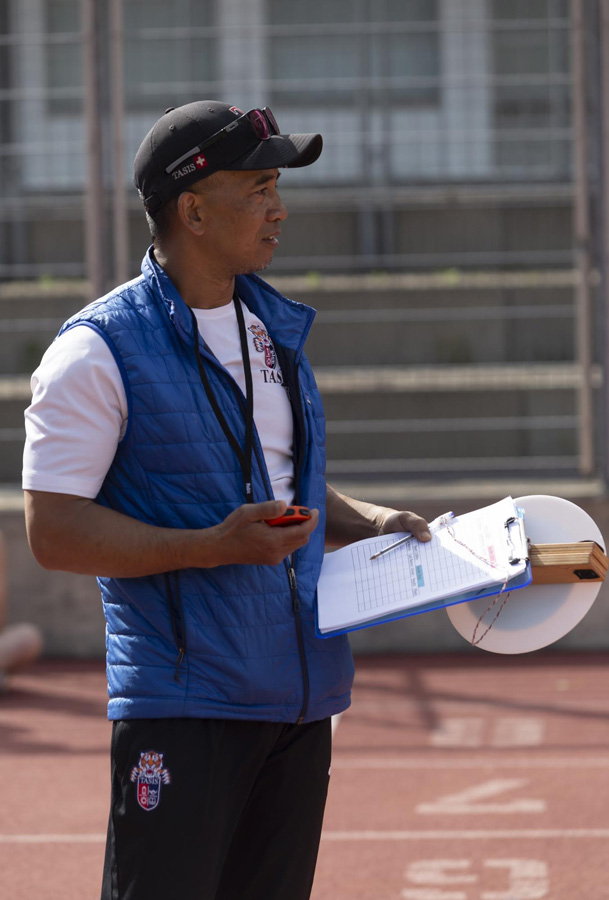


jjoyce • Oct 2, 2018 at 8:27 am
What a cool read, Robert. Thanks for putting together such a thoughtful piece.
valencia.fellows • Sep 14, 2018 at 5:28 am
Robert, thank you for shedding light on an important question and issue. I hope many in the Latin commmunity have the opportunity to read your article. Excellent piece!
klorbercrittenden • Sep 10, 2018 at 1:35 pm
Great work, Robert! Powerful lines here: “Discovering race isn’t just realizing your skin tone is different from some of your peers. Discovering race is discovering racism.”
tkendrick • Sep 7, 2018 at 9:55 am
Robert, thanks for writing this piece – it was very helpful to read your perspective. I love the opening question of the last paragraph! We need the whole school to have the Maajid mojo (AND CANDY….hint hint….)
amcglinn • Sep 7, 2018 at 8:36 am
An excellent and important article, Robert. Thank you!